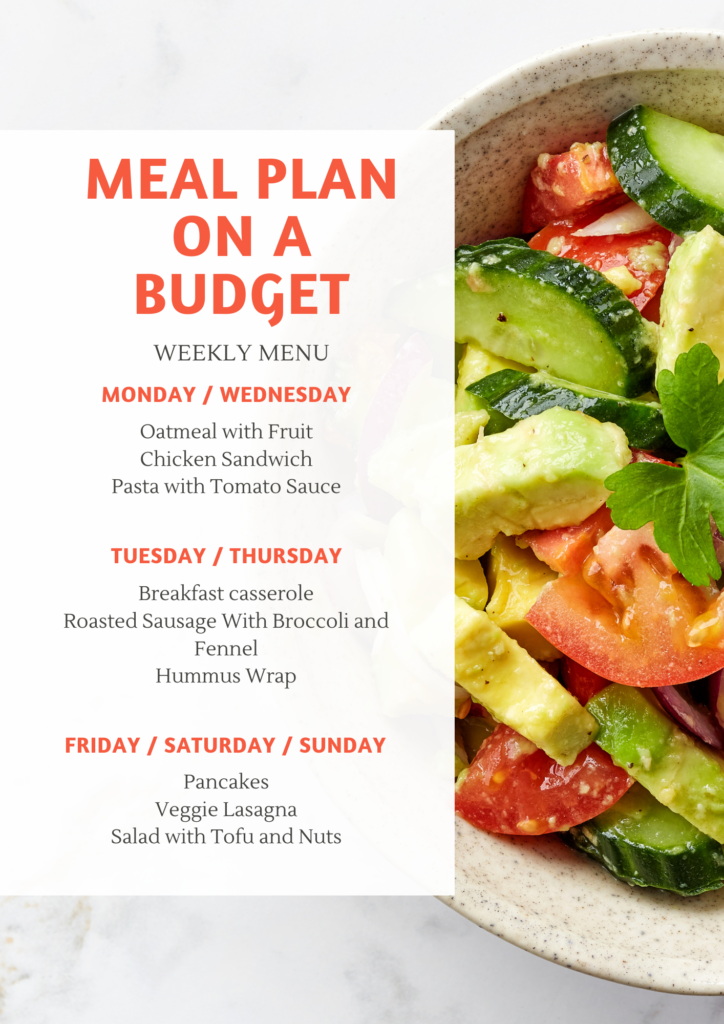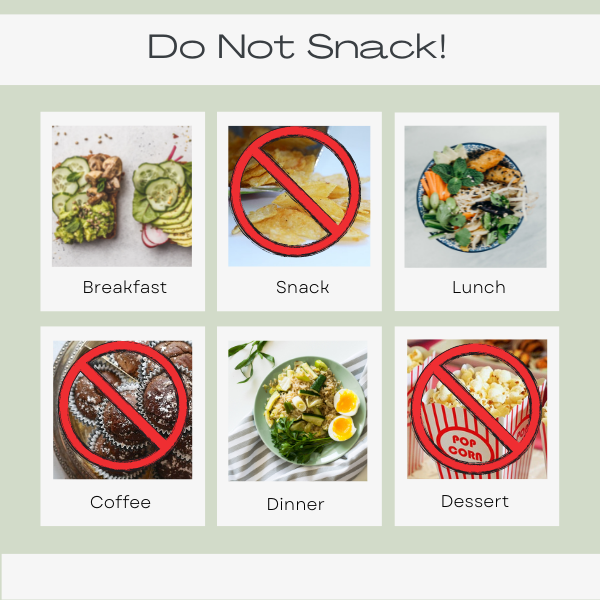Contrary to what some people say, feeding a family on a budget is not easy. You have to roll up your sleeves, do a lot of preparation, and sacrifice many things. That said, it’s absolutely doable and can become a lifestyle that you will come to enjoy. Every family is different in terms of size and preference, and every part of the world has different food prices. The 9 proven steps in this guide will work no matter where you are, and you can implement them in every family. So, let’s get right to it.
Table of Contents
1. Cook food from scratch
The 21st century is nothing if not convenient. You can buy canned foods from the store and prepare a meal in seconds or simply order takeout meals. Unfortunately, this convenience comes at a price you can’t afford if you are on a budget. Learning to cook and prepare food from scratch can save you a whole lot of money and ensure you feed your family healthy food.
Don’t believe it? From where I shop, 1 pound of potatoes is about $0.50, while a pound of French fries is at least $2, and a pound of chips is $5. See the difference? If you can learn to make the French fries at home, or prepare some hash browns for breakfast, you are in for some huge savings.

2. Have a meal plan
Yes, you absolutely need to have a meal plan if you are going to pull off this budget thing. Plan your weekly meals from breakfast, lunch, dinner, snacks, and any other extra meals you may require. You can have two alternating plans to avoid monotony.
Can’t come up with a meal plan on your own? There are tonnes of resources that can help you create delicious recipes for every single day of the week. Some, like the $5 Dinners online program, give you a variety of recipes to pick from and then make a shopping list for you with all the ingredients you will need. The best part is that the recipes are all under $5, so you are assured to stay within budget.
Why is a meal plan important? One, if you know what you will be cooking the whole week, it’s easy to shop for what you need in bulk instead of rushing to the shop every day to grab something. Secondly, since you know exactly what you are making, you won’t be scratching your head wondering what to cook at 8 pm on a Wednesday and end up ordering pizza. Three, you will only shop for what you require that week, which will mean you won’t have any food-wasting away in the pantry.
3. Shop by special sales
There are many things you learn when money is tight. For me, the biggest lesson was knowing where to get better deals. For example, you will get fruits and veggies at a throw-away price when they are in season. Apples are cheaper in September, while berries are more available in spring and early summer. Buy plenty of these seasonal fruits and freeze them to use them for a few months.
You will also get better deals in the evening when the grocery stores are clearing up their stock than you would in the morning when everything is fresh. Stores have to bring in fresh produce every day, meaning they must get rid of the old produce the same day. Another way to save money is to find deals from different stores as opposed to being loyal to only one store no matter their cost.
4. Buy wholesome, high nutrient foods
Whether you are on a budget or not, the goal of feeding a family is nourishing them so they can be healthy and strong, not just fill them up. Wholesome foods like fruits, vegetables, whole grains, and potatoes are not only nutritious but will fill up your stomachs for a while longer.
The problem with processed foods and simple carbohydrates that most people buy from the store is that they are digested at lightning speed, leaving you hungry and craving more in an hours’ time. This is why people are always snacking after meals because what they ate left the stomach too quickly.
Whole foods take a little longer to digest and will keep you feeling fuller for a long time, not to mention reduce the chances of cravings and unnecessary snacking.
5. Forget snacks and soft drinks

The hardest part about feeding a family on a budget is the sacrifices you have to make. One of those sacrifices is giving up unhealthy snacks and store-bought drinks that are expensive but add nothing to your body. Instead of buying sodas and other carbonated drinks, choose to make fruit juice at home using a blender or drinking water.
Instead of chips, biscuits and crackers, buy apples, carrots and nuts that will not only fill you up but are nutritious. Going back to making food at home from scratch, you can learn how to bake snacks at home if giving them up is too much to handle. If you have access to raw milk, making yogurt at home is a simple process that will have enormous benefits. Buying a bag of raw popcorns and popping them at home is also much more economical than buying ready stuff.
Better yet, you can avoid snacking altogether. A family that eats big wholesome meals at the right time doesn’t have to snack in between.
6. Grow your own food
Want to save even more? How about growing your own food at home. You don’t need a farm or a garden to do this. Today you can use pots, basins, and even bags to grow vegetables from your balcony. A windowsill herb garden is also an excellent way to have what you need to make soups and stews without going to the store.
Some of the best things to plant at home include spinach, kale, carrots, tomatoes, herbs, berries, and cucumber. If you have more space, a fruit tree like apples or oranges is also a wonderful idea.
The best thing about growing your own food is that you can do it with your kids and have fun as a family. Not only do you get to save money but also become part of the food scarcity solution.
7. Use less meat
Let’s face it, we are all lovers of meat. Unfortunately, meat is not as cheap as we would like and quite frankly, not as healthy either. For the sake of both your pocket and your health, eating less meat is advisable. Try to reduce meat consumption to three days a week or less if you can. Instead, use whole protein sources like legumes (lentils, beans, green peas, chickpeas) or tofu when making rice or any other meal. You can also opt for vegetable stews and soups.
Meat products like sausages, bacon, and ham can also get quite costly. Use eggs, sweet potatoes, hash browns, and pancakes for breakfast instead. As far as meat pricing is concerned, always go for cheaper cuts and look for places where you can get good deals.
8. Leftovers are your friend
In our home, buying lunch outside is unheard of. The rule of thumb is always to make a huge dinner that can be carried to work as lunch the following day. That saves about $50 per week, which is better spent elsewhere.
Sundays being a lazy day for us, nobody is in the mood for cooking. Any leftover in the fridge is warmed and repurposed to make an interesting yet delicious meal, otherwise known as lasagne. This ensures no food goes to waste before the new week begins.
9. Couponing
A year ago, my husband and I watched a show called extreme couponing on RealTime. The people in the show are obsessed with finding coupons and end up spending almost nothing to stock their houses. While I am yet to become half as good as those people, finding coupons from newspapers, social media outlets, and online free grocery coupon sites has become a great money saver.
All you have to do is find these coupons, print them or cut and take them to the store offering the deal to shop. Be sure to read the terms and conditions of these coupons to avoid some unnecessary embarrassment. If you have specific stores you go to, sign up to their mailing list to get instant deals.
Don’t get so hung up on buying those reputable brands all the time. Most of the time, new brands trying to get their name out there have great offers that can save you almost half the cost. If you have time, couponing is a great way to find these deals and buy items for almost nothing.
Feeding your family on a budget may not be a walk in the park, but it doesn’t have to mean bad food either. With a little creativity and learning new things, you can still have great meals that the entire family will enjoy. More importantly, though, it’s much easier to stick to healthy meals when you don’t have money to splurge on unnecessary items.



